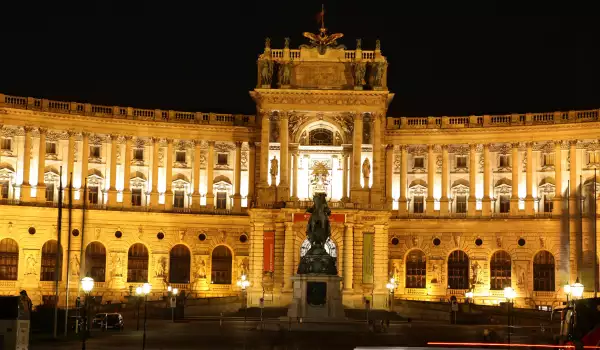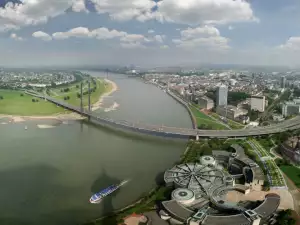Hofburg Imperial Palace

Historic Center of Vienna (Innere Stadt) for centuries has been surrounded by walls to protect the city from potential aggressors. In 1857, however, the walls were collapsed, resulting in the city growing and merging with the surrounding villages. In the walls place has been made a wide boulevard, and outstanding public and private buildings, monuments and parks. Among them is the former imperial palace Hofburg.
This beautiful palace in the heart of the Austrian capital of Vienna, Hofburg was used for the winter residence of the Austrian imperial family. Nowadays, it is the official residence of the Austrian president. In 1938 in Hofburg, Hitler officially disclosed to the Anschluss of Austria.
Hofburg castle itself extends over an area of 240 000 square meters. The Imperial Palace also boasts of the National Library, the Museum of musical instruments, weapons and collections of the emperor and Spanish horse riding school.
Over the centuries the Hofburg Palace was home to some of the most influential figures in Austrian history, including members of the Habsburg dynasty, rulers of the Austrian Empire plus the French queen Marie Antoinette was born in the Palace.

Hofburg is used as a residence of the Habsburgs in 1279 for several centuries, from 13th to early 20th century the Hofburg underwent numerous reconstructions and extensions. This formed various parts of the complex and was built at different times by different rulers. In its present form the palace complex contains about 2600 halls and rooms.
Hofburg Palace was so popular and important, that part of it was used as a motive in the composition of one of the most famous silver collectors coins.















